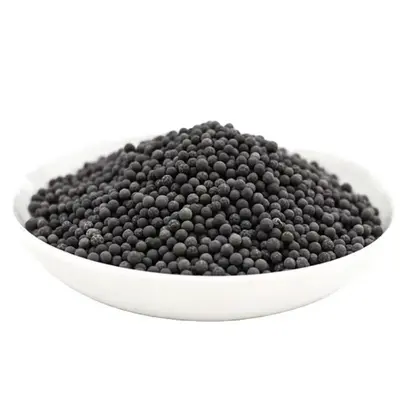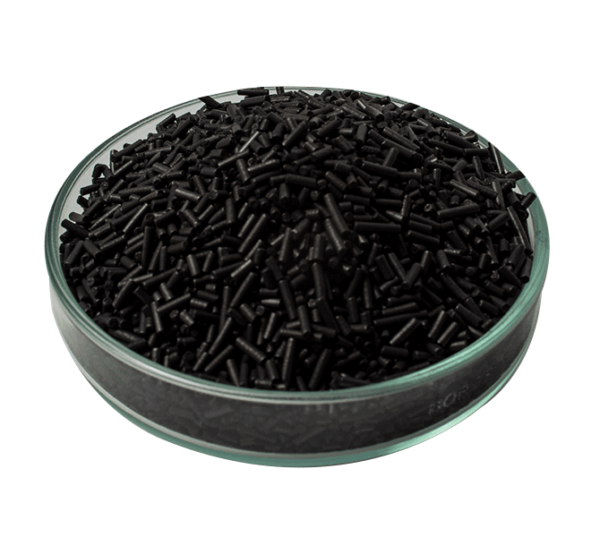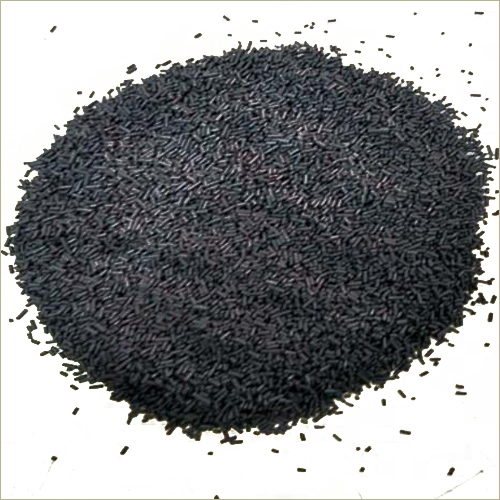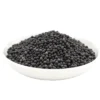Description
Carbon Molecular Sieve: A Tiny Giant in Gas Separation
In the realm of industrial gas separation, a silent workhorse quietly performs its vital task with remarkable precision: the Carbon Molecular Sieve (CMS). This seemingly simple material plays a crucial role in numerous applications, from producing high-purity nitrogen for food packaging to separating methane from biogas for renewable energy production. So, what exactly is a Carbon Molecular Sieve, and why is it so important?
What is a Carbon Molecular Sieve?
Imagine a highly porous carbon material, meticulously engineered with pores of a very specific and controlled size. That’s essentially what a CMS is. Unlike traditional activated carbon, which possesses a broad range of pore sizes, CMS boasts a remarkably uniform pore diameter, often on the scale of angstroms (one angstrom is one ten-billionth of a meter). This precise pore size distribution is the key to its selective gas separation capabilities.
The “molecular sieve” part of the name comes from its ability to selectively adsorb (stick to the surface of) molecules based on their size and shape. Smaller molecules can easily enter the pores and be adsorbed, while larger molecules are excluded. This size exclusion principle is the cornerstone of its functionality.
How Does it Work?
The separation process using a CMS relies on a technique called Pressure Swing Adsorption (PSA). Here’s a simplified breakdown:
- Adsorption: A mixed gas stream is passed over a bed of CMS at relatively high pressure. Smaller molecules, like oxygen, are preferentially adsorbed onto the CMS surface due to their ability to enter the micropores. Larger molecules, like nitrogen, are excluded and pass through the bed, resulting in a nitrogen-rich gas stream.
- Desorption: Once the CMS bed is saturated with the adsorbed gas, the pressure is reduced. This decrease in pressure weakens the adsorption forces, causing the adsorbed molecules (e.g., oxygen) to be released.
- Purging/Regeneration: The CMS bed is then purged with a small amount of product gas (e.g., nitrogen) to further remove the adsorbed molecules, effectively regenerating the CMS for the next adsorption cycle.
This cycle of adsorption, desorption, and regeneration is repeated continuously, allowing for the continuous separation and purification of gases.
Key Advantages of Carbon Molecular Sieves:
- High Selectivity: The precisely controlled pore size provides excellent selectivity, enabling efficient separation of gases with minimal contamination.
- High Purity: CMS can achieve very high purity levels of the desired product gas.
- Durability: CMS materials are generally robust and can withstand repeated adsorption-desorption cycles.
- Cost-Effectiveness: PSA systems using CMS often offer a cost-effective alternative to cryogenic distillation, especially for smaller-scale gas separation applications.
- Versatility: CMS can be tailored to separate various gas mixtures by adjusting the pore size and surface characteristics.
Applications of Carbon Molecular Sieves:
The versatility of CMS has led to its widespread use in various industries, including:
- Nitrogen Generation: The most common application is in generating high-purity nitrogen for food packaging, electronics manufacturing, and inerting processes.
- Oxygen Production: While less common than nitrogen generation, CMS can also be used to produce oxygen-enriched air for medical and industrial applications.
- Biogas Upgrading: CMS is used to separate methane (CH4) from carbon dioxide (CO2) in biogas, upgrading it to a renewable natural gas.
- Air Separation: In addition to producing nitrogen and oxygen, CMS can be employed in air separation units to recover argon and other valuable gases.
- Hydrogen Purification: CMS can be used to remove impurities from hydrogen streams produced by various sources.
The Future of Carbon Molecular Sieves:
Ongoing research and development efforts are focused on:
- Improving CMS performance: Researchers are working to enhance the adsorption capacity, selectivity, and stability of CMS materials.
- Developing new CMS materials: Novel carbon structures with optimized pore size distributions are being explored to target specific gas separation challenges.
- Expanding applications: New applications of CMS are constantly being discovered, driven by the increasing demand for efficient and cost-effective gas separation technologies.
In conclusion, the Carbon Molecular Sieve, despite its unassuming size, is a powerful and versatile tool in the field of gas separation. Its ability to selectively adsorb molecules based on size makes it an indispensable component in numerous industrial processes, contributing to everything from preserving our food to powering our homes with renewable energy. As research continues to unlock its full potential, the future of Carbon Molecular Sieves looks brighter than ever.























Reviews
There are no reviews yet.